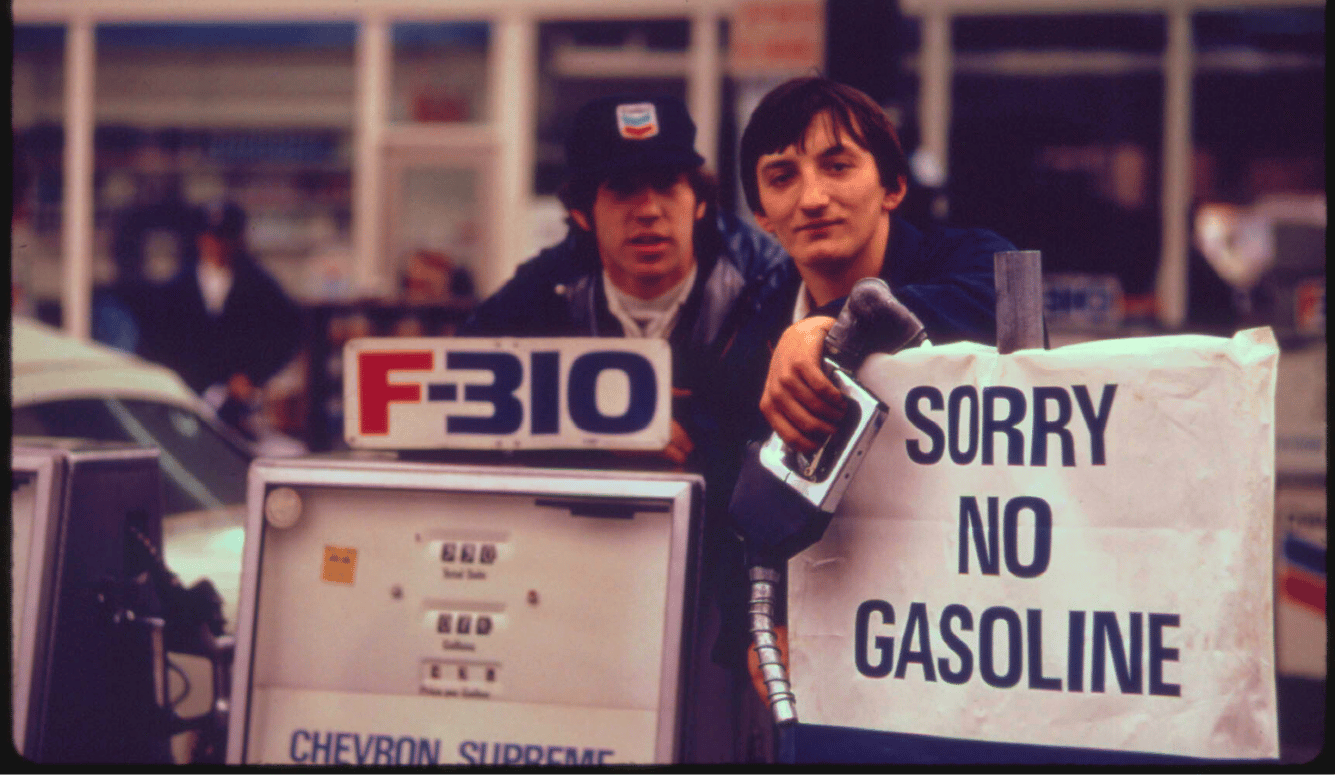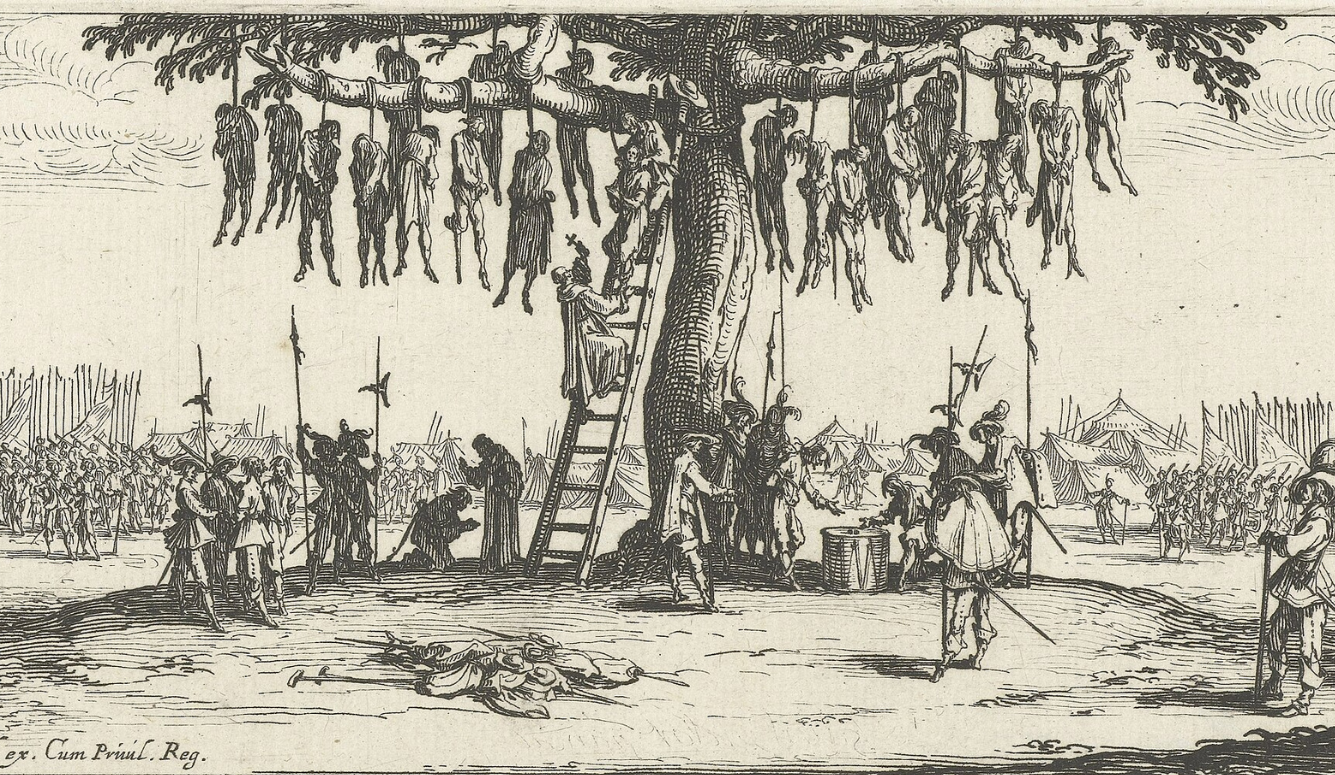economics
The Liberation Tariffs: Worse Than an Oil Embargo?
This won’t be Great Depression 2.0. But this trade war will cost America and the world many innovations and great prosperity.

The Trump Liberation Day tariffs are like high oil prices: they hurt Americans in ways both visible and invisible. The tariffs and high oil prices hurt both the official economy, as measured by my fellow economists, and the vibes-based, on-the-ground economy.
In the month or so since Liberation Day—2 April—there have been endless takes on how the tariffs are likely to affect the economy over the next few years. Here, I’m going to shoehorn all of my analysis into this one simple analogy: Tariffs are like high oil prices.
You know the old joke about the drunk looking for his keys under a lamppost? The one where he had dropped them across the street but was searching under the lamppost where the light was better? In our case, we may be sober, but to understand the effects of the tariffs, it will make sense for us to look where the light is better.
We’re in uncharted waters when it comes to massive, broad-based tariff hikes in rich economies—it’s been about a century since average US tariffs were this high. But rich countries have lots of recent experience with high oil prices. So our lamppost will be an oil derrick.
Oil shocks offer a good analogy to tariffs because oil is used everywhere, just like imports are used everywhere. Oil is the main ingredient, of course, in retail gasoline, but it’s also used to create other products like industrial lubricants, paints, Styrofoam, tires, and so much else. That’s leaving aside oil’s energy uses beyond gasoline, for example, propane, butane, jet fuel, and diesel. And, remembering Dustin Hoffman’s The Graduate, we can’t forget that crucial use of modern oil: “One word: Plastics.”
So when the price of oil rises, it’s not just the pain at the pump that matters—it also shows up in rising costs throughout the economy, including production costs at factories. A natural, prudent response to those cost hikes is to produce less stuff; that’s why economists routinely treat high oil prices as a bad supply shock.
Likewise, with tariffs, it’s not just the prices of Chinese-made TVs or laptops that matter to Americans (although these two items are now “temporarily” spared from the 145 percent Liberation tariffs); it’s also the endless waves of grommets, thingamajigs, and bits and bobs that will matter perhaps even more. Tariffs raise production costs at American factories just as surely as high oil prices.
Remember the battle that was lost for the want of a horseshoe nail?
For want of a nail the shoe was lost.
For want of a shoe the horse was lost.
For want of a horse the rider was lost.
For want of a rider the message was lost.
For want of a message the battle was lost.
For want of a battle the kingdom was lost.
And all for the want of a horseshoe nail.
That childhood tale will be repeated in large ways and small over the coming months, even though many firms will try to quickly find substitutes elsewhere around the world or maybe even here in the US. The horseshoe nail story will still feel true even when firms quickly find substitutes, because in modern, high-quality production processes, switching from the best horseshoe nail to the fifth-best is almost the same as having no horseshoe nail at all. Sure, at the low end of the market—for a decade-old version of a smartphone or a store-branded tennis shoe—switching suppliers might not matter. But precision and perfection are the name of the game at the technological frontier, and high-end American production processes are either at or extremely close to that frontier.
Let’s put some numbers on the cost of tariffs; let’s assume that the cost of tariffs is exactly as bad as the cost of high oil prices and look under that oil derrick . My dissertation chairman, James Hamilton of UC San Diego, is the world’s expert on the link between high oil prices and national economic weakness. Drawing on his work, Stock and Watson (who are on the committee that decides whether or not the US is in a recession) have estimated that when the oil price doubled in the year or two before the Global Financial Crisis, that doubling caused about a one percent fall in real gross domestic product (GDP). A lot of that was Americans holding off on auto purchases or shifting to cheaper and often foreign-made automobiles. The cost of all that oil added up to about three percent of GDP; so that means there was about a 3:1 ratio of oil price hikes to GDP shrinkage. (Here, numbers are always rounded to be memorable; nobody cares about the fourth significant digit.)
While the Liberation tariff rates are changing every day, Yale Budget Lab said recently that the average overall tariff rate was eighteen percent. The Tax Foundation estimated a flat tariff rate of twenty percent would raise revenues of about 0.9 percent of GDP per year. Thus, if we assumed tariff shocks were just like oil shocks, then we’d expect real American GDP—national output—to drop by 0.3 percent because of the Liberation tariffs.
Not that big! Smaller than the 1 percent to 1.5 percent hits to mid-2025 growth that have been suggested by forecasters. Maybe the tariffs aren’t worth worrying about all that much, one might say.
And maybe that’s how it’ll turn out. But there are good reasons to think the tariffs won’t just be like a rise in oil prices in an otherwise well-functioning market. Instead, they may well be like the oil price shocks of the 1970s, in an economy with government-manipulated prices, ever-shifting taxes on oil production (you don’t want to know about Jimmy Carter’s Windfall Profits Tax), and gasoline rationing programs. UCSD’s Valerie Ramey (who chairs the NBER’s Business Cycle Dating Committee) estimated that those extra craziness costs doubled, perhaps even tripled, the impact of the 1970s-era oil price hikes. If tariffs were to have a corresponding effect, they would cost the economy from 0.6 percent to about 1 percent of GDP, which is quite a bit closer to the normal range of Wall Street estimates of how much the Liberation tariffs will likely end up affecting economic growth.

And obviously, there’s a lot of craziness cost to be paid with these Liberation tariffs: the mix of potential and actual retaliatory tariffs by other countries; the Administration’s tirades against the mere mention of the effect that tariffs will have on prices; and the possibility—the risk—that tariffs could go even higher than those announced on Liberation Day are all creating massive real and potential costs for American businesses and consumers. The natural American response is going to be a mix of “Let’s buy less,” “Let’s make less,” and “Maybe let’s just wait this out a few months and see how it settles out.”
For Americans, there’s one way that the Liberation tariffs are far worse than an oil price shock: whereas, high oil prices show up in every country, the Liberation tariffs will only show up in America. And as Justin Wolfers has noted, every manufacturing exporter outside the US now has an advantage over every manufacturing exporter inside the US. The foreign manufacturers don’t have to pay Liberation tariffs for their imported supplies, their necessary grommets and indispensable doohickeys. American exporters are, right now, unambiguously facing tougher global competition due to the Liberation tariffs.
For Americans, there’s one way that the Liberation tariffs are far worse than an oil price shock: whereas, high oil prices show up in every country, the Liberation tariffs will only show up in America.
All of these estimates are crude, rough, and merely suggestive. That was the point of looking under the oil derrick. But all of these estimates point in the same direction: This is going to hurt; it will make America visibly worse; and if kept in place or erratically shifted up and down, the tariffs will shift the US economy to a persistently lower growth path.
America will still make stuff. This won’t be Great Depression 2.0. But this trade war will cost America and the world many innovations and great prosperity. And it will weaken the peaceful bonds of sweet commerce—Montesquieu’s doux commerce—that have done so much to improve relations among the human family.






